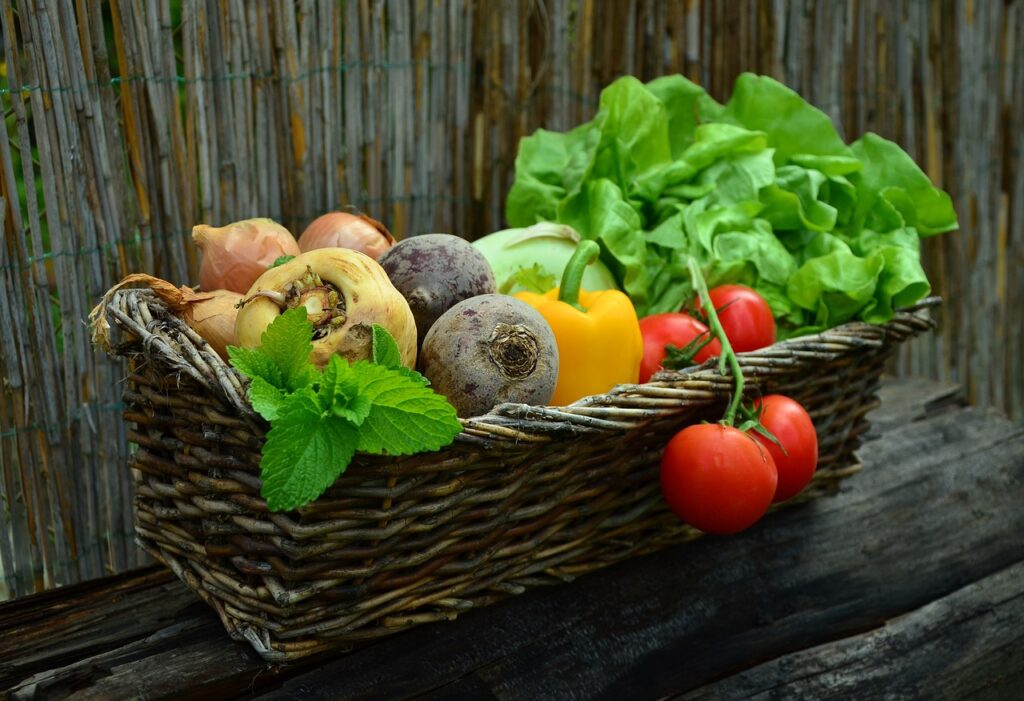
Tips To Keep You Healthy This Winter
Do you believe that healthy eating is only important during the summer? Rethink that! For the chilly months, we as peanut chikki online brand gathered advice to assist you in forming healthy habits.
Fill up on oats
Oats are a perfect winter food since they are high in fiber and have a low GI, which means that they release energy slowly and keep you feeling full for longer. A warm and hearty breakfast is a great way to start the day. You’ll thank yourself later for whipping up a bowl of porridge and adding delightful toppings like unsalted almonds, fresh fruit, sliced apples, low-fat milk, and unsweetened yoghurt.
Snack on citrus
In the winter, it’s easy to find sweet citrus fruits. They also make a delectable and healthy snack. Mandarins are simple to peel and ideal for lunchboxes or on-the-go consumption, whilst oranges and grapefruit taste delicious when sliced on a plate and dusted with pomegranate seeds for a quick treat.
Have a healthy hot drink
In the winter, it’s alluring to stay warm with hot chocolate and rich chai lattes. While these might be delicious treats, prepare yourself a cup of mint or green tea instead for reduced sugar and saturated fat option. Additionally, you can add flavor enhancers like fresh ginger, lemon or orange segments, and fragrant whole spices like cinnamon and star anise.
Treat yourself
Of course, it’s important to occasionally indulge in sweets throughout the winter. Try baking apple, pear, and rhubarb slices in a 200°C oven until the fruit is soft and the juices have been released. Warm dishes should be topped with natural yoghurt and toasted flaked almonds.
Eat more soup
A steaming bowl of soup is a go-to winter comfort food that’s also a fantastic source of protein and fiber. You may make a healthy dinner that can be frozen for later by combining lean chicken, lentils, whole grains like barley, and any excess greens in your crisper. Use components with less salt, like as stock and canned beans or lentils, as well. Check out this recipe for hearty vegetable and lentil soup for a filling soup that has 3 servings of vegetables, a source of protein and fiber.
Try a tray bake
Winter is the perfect time for a delicious roast, so here’s a simple idea: combine all of your ingredients in one pan, then let your oven handle the rest. Use skinless chicken breast fillets, lean meatballs, or chicken thigh fillets, and then mix with vegetables cut into similar-sized pieces. Add some dried herbs. Bake at 200°C for 30 to 40 minutes, or until the veggies are soft and the protein is thoroughly cooked. Use black pepper to season. You can also buy healthy snacks online in India.
Don’t forget vitamin D
During the winter, when we spend more time indoors and less time outside, our vitamin D levels may somewhat decline. Oily fish, such as salmon, and eggs are among of the best food sources of vitamin D, while sunshine is one source of this nutrient as well. Eat a couple of servings of oily fish per week, and include eggs frequently in your menu.
Portion your plate
Even though we sometimes stuff ourselves with substantial foods in the winter, it’s crucial to split your plate into wholesome quantities for overall energy balance. Pick a quarter of protein, a quarter of carbs, and a half of a variety of veggies and fruit. Try adding extra vegetables to soups or serving rich stews or sauces with zucchini noodles to increase your consumption of vegetables.
Load up on greens
Eating your greens is beneficial to you, and it’s not just a saying! Not only are cruciferous veggies like broccoli, cauliflower, kale, and Brussels sprouts important sources of vitamin C, but they also provide folate. The B vitamin folate boosts your body’s natural defenses by reducing fatigue and supporting immunity.
Make over your mash
On chilly nights, a bowl of mashed potatoes is the ultimate comfort food. We’ve given it a healthier touch by omitting butter and cream from the recipe. Boil 4 large potatoes until they are cooked, then drain and return them to the pan. You can peel the potatoes first for more fiber. Lightly mash, then, based on how creamy you prefer it, add 1/3 cup to 1/2 cup buttermilk. Serve with additional chives on top after seasoning and incorporating some chopped chives.




